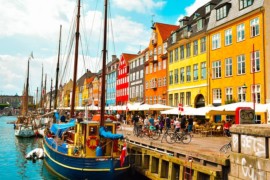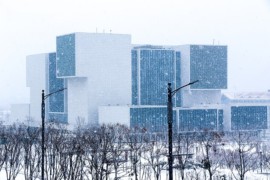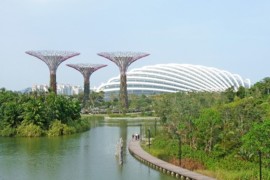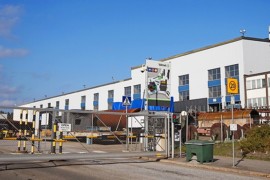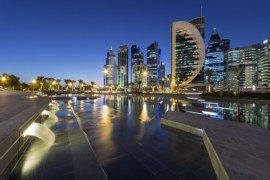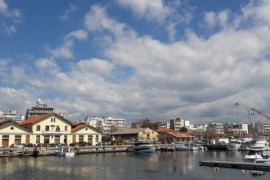The Lyon-Villeurbanne district heating and cooling network has supplied more than 45,000 homes since its inception in 1971. The third biggest heating network in France by size, it relies primarily on the use of renewable energy and heat recovery.
Lyon and Villeurbanne in brief
The capital of Gaul, located in the Rhône department has about 496,000 inhabitants. This makes Lyon the third largest city in France after Paris and Marseille. The neighbouring town of Villeurbanne accounts for 145,000 inhabitants. Lyon has a semi-continental climate type, its average temperature in winter is 3.4 ° C, while in summer it averages 22.2 ° C, with a highest recorded temperature of 40.5 ° C.
A “simple and eficient” heating network
Managed by Elvya, a subsidiary of Dalkia, the district heating and cooling network of Lyon was created in 1971. Historically focused on the district of the Part-Dieu, it serves 45,000 housing units in the 3rd, 6th, 7th and 8th arrondissements of Lyon and the neighbourhoods of Tonkin and Gratte-Ciel in Villeurbanne. “Simple and efficient” according to its owner, the heating network in Lyon consists of a double pipeline, 118 km long from start to finish.
The first pipe ensures the transport of heated water from the plant to the delivery points and the 390 substations which supply the consumer. Water circulates there at temperatures between 90 ° C and 160 ° C, depending on the climate and the time of year. The second pipe, which manages the return of water to the plant, has lost some of its calorific value but still has a temperature between 70 ° and 100 ° C!
14 km of pipes in the cooling network
The network managed by Elvya does not just distribute heat, it also supplies cooling to 54 substations (connected by 14 kilometres of pipes to office buildings, clinics and shops – like the Part-Dieu shopping centre), through a closed circuit. The water has an average temperature of 6 ° C, allowing users to enjoy a cooling solution at a reasonable cost.
A diverse energy mix
The Lyon-Villeurbanne heating and cooling network relies on a complex network and several different sources of energy. Including:
- a cogeneration plant with a power capacity of 30 MW;
- a boiler supplied with gas and fuel, with a 196 MW power output;
- a household waste incineration unit of (WTE) for 37 MW power.
Compared to conventional heating systems for buildings, the heating network in Lyon-Villeurbanne assure the people of the city better control of pollutant emissions into the atmosphere. A major challenge in this city with a long industrial past!
The network also offers competitive heat prices to its subscribers through the use of various sources of renewable energy as well as an almost complete disconnection from the fluctuations in the price of petroleum products.
As one of the top performers in the French district heating and cooling networks, the Elvya-operated Lyon-Villeurbanne network was awarded several awards for its performances. These include obtaining an A + rating (on a rating scale from AAA to D) during its certification in 2012 by Publi-Cert, becoming the first network in France to achieve that rating in the process.
Image source: Flickr (Robin Tphotos)


